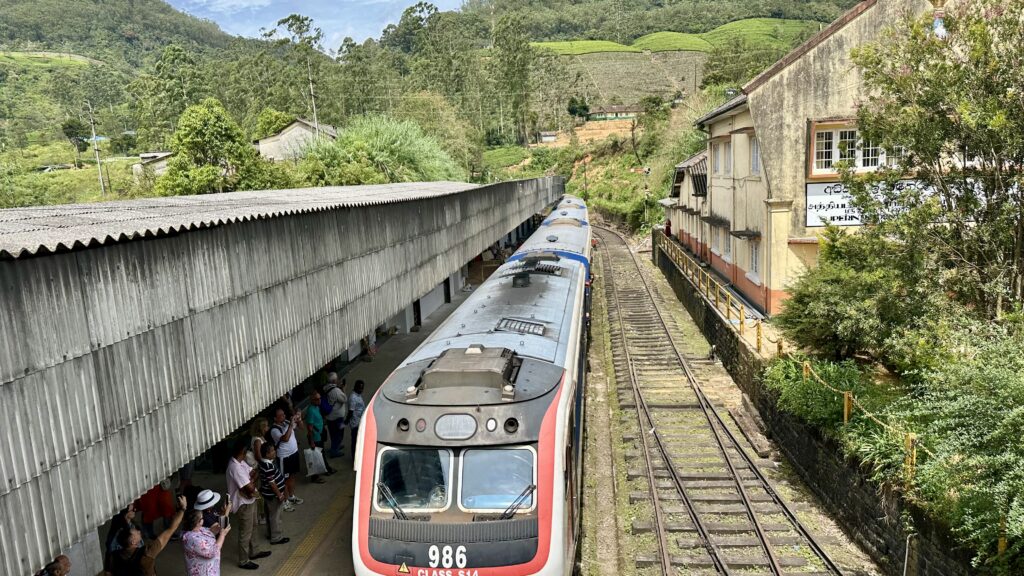Day 5 – Overnight in Nuwara Eliya, Araliya Red
After breakfast in Kandy, we continued our journey towards Nuwara Eliya. About 76 km south of Kandy, Nuwara Eliya is a hill station with a picturesque landscape and temperate climate. It is at an altitude of 1,868 m (6,128 ft) and is considered to be the most important location for tea production in Sri Lanka. The city is overlooked by Pidurutalagala, the tallest mountain in Sri Lanka. Nuwara Eliya is dubbed “Little England” due to its cool climate and colonial-era bungalows.
- Gem Museum/Showroom
- Royal Botanical Garden
- Ramboda Waterfalls
- Damro Tea Estate
- Nuwara Eliya sites
Gem Museum/Showroom – We stopped on the way at a gem store which also had a gem museum. Sri Lanka is famous for sapphires (Blue, white, yellow etc). We first saw a 5 min movie on how gem stones in Sri Lanka are ethically mined and traded, ensuring environmental sustainability and social responsibility. We then went on a guided tour of the museum followed by a visit to the showroom. Well worth the 30 min spent here.

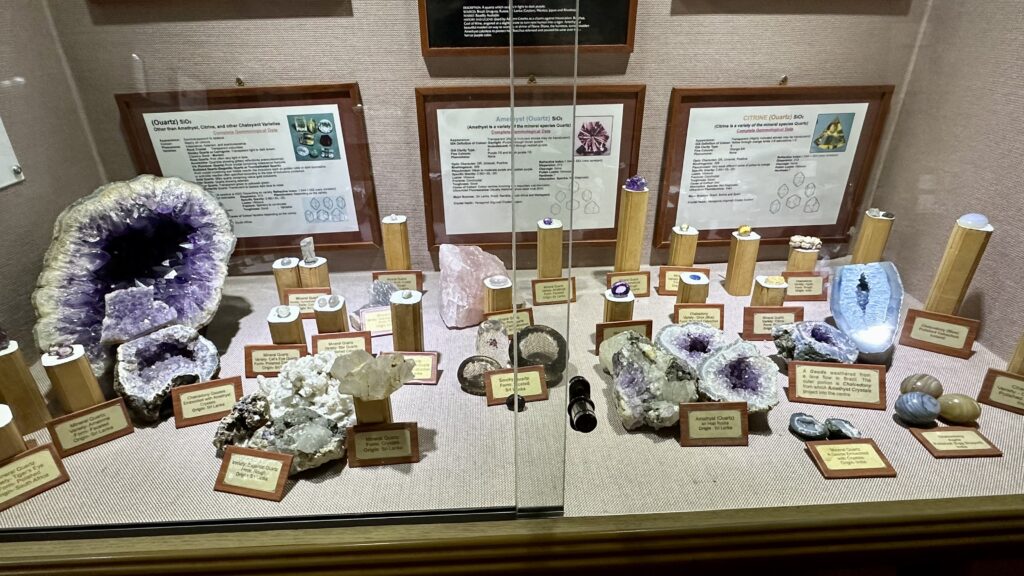
Royal Botanical Garden – This was another stop on our way to Nuwara Eliya. We went on a self tour of this vast Botanical Garden. You will need 3-4 hours to explore the entire garden. We spent an hour here focusing mainly on the flowers, orchids, and coconut tree section of the garden.
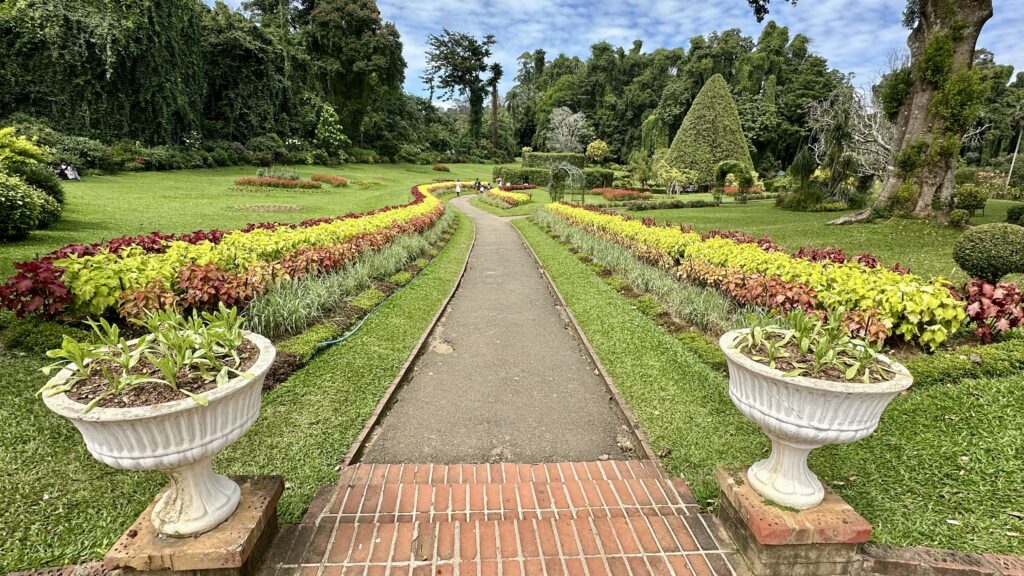
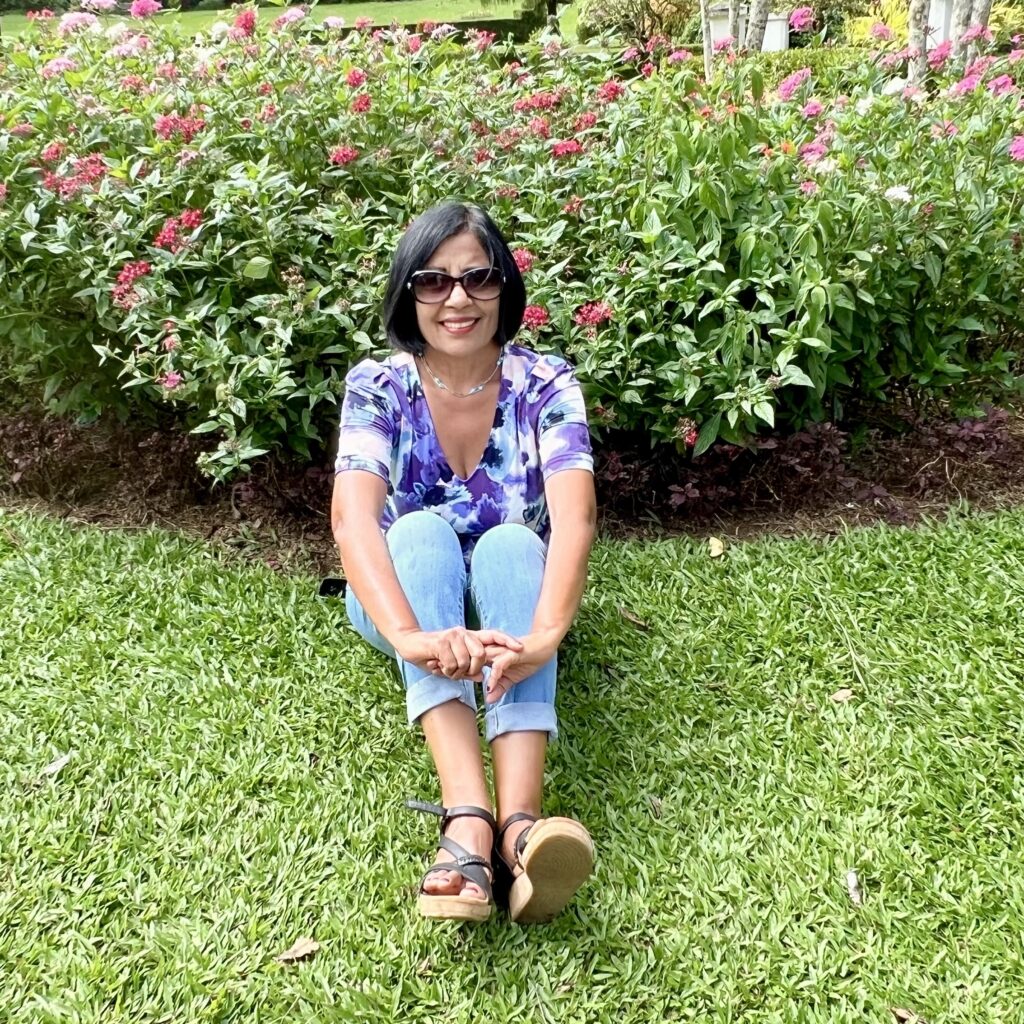
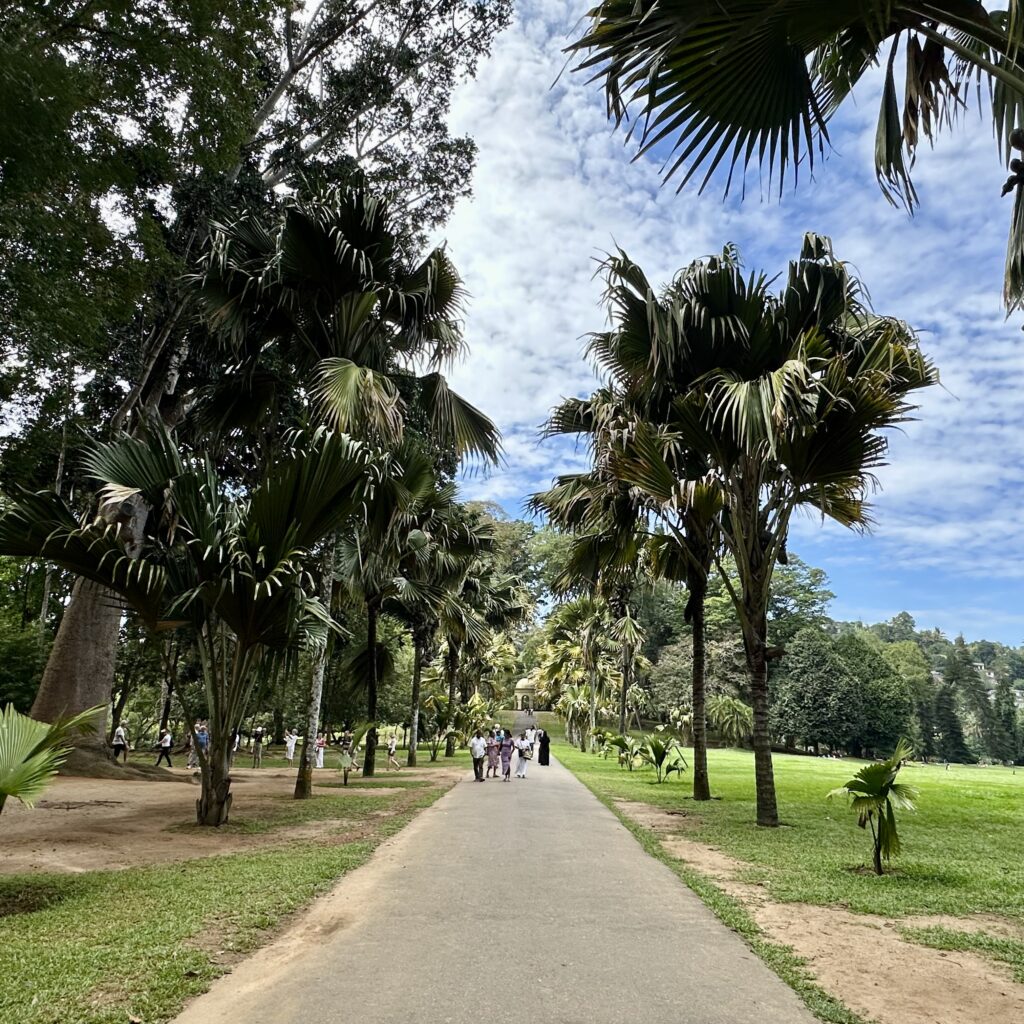
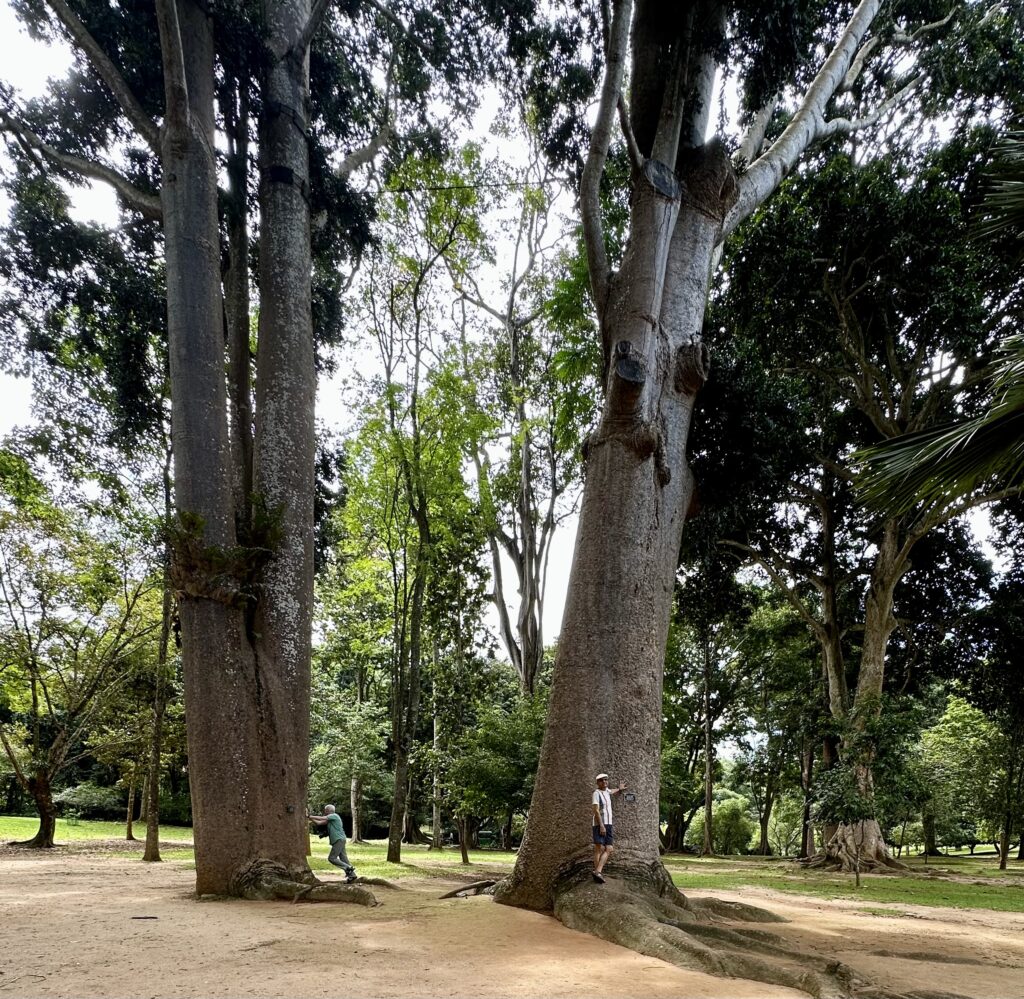
Ramboda Waterfalls – This was another stop on our way to Nuwara Eliya. This falls can be see from the roadside. There is also a short path to the top of the falls.
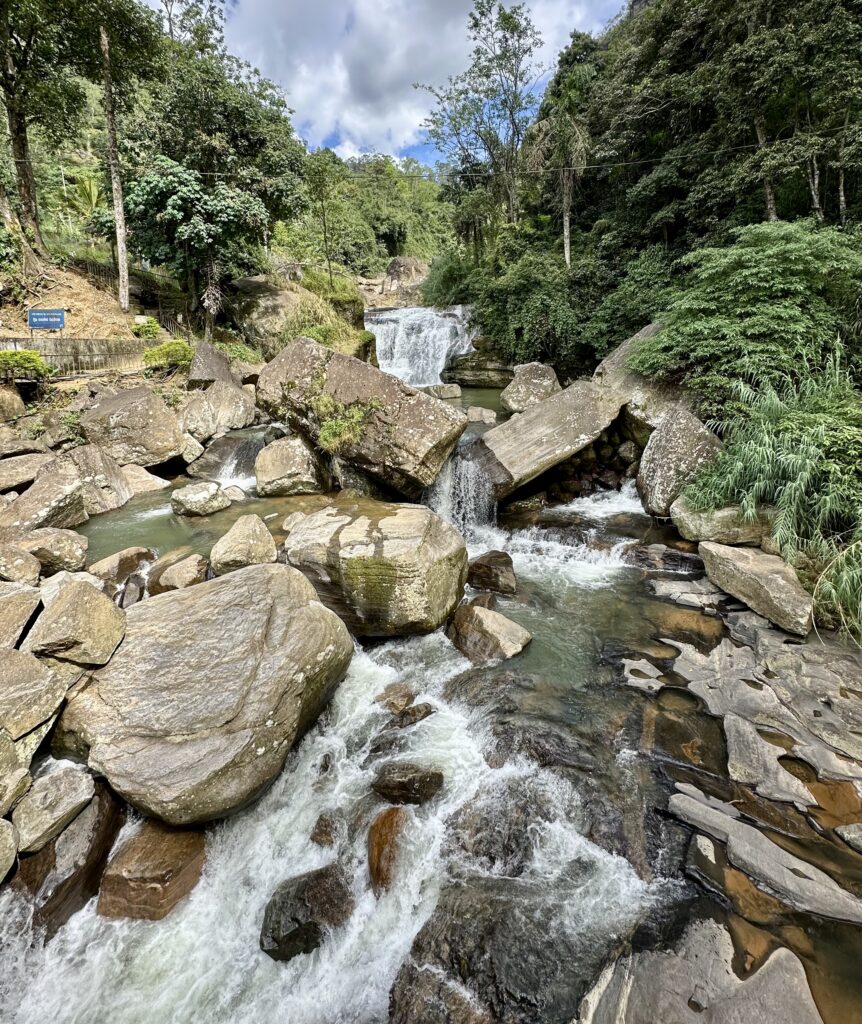
Damro Tea Estate – By the time we reached Damro Tea estate in Nuwara Eliya at an elevation of 1,868 m (6,128 ft), the temperature had dropped from 80F in Kandy to 61F, a difference of 20F. We stopped here to enjoy freshly brewed tea and take a guided tour of the making of tea. Damro posses over 5000 hectares of tea plantation across Sri Lanka, producing an array of tea. The plantation we visited in Nuwara Eliya is at an elevation of 5000 feet.
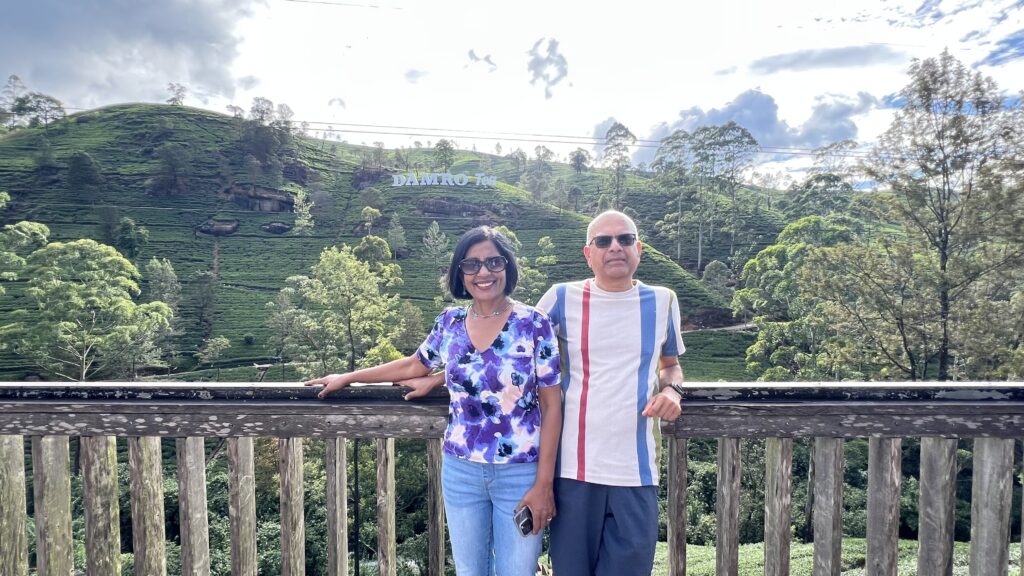
- Tea processing starts with plucking tea leaves with hand.
- Withering is used to remove moisture from the leaves – here the leaves are spread along troughs for 8-14 hours in a cool breezy room.
- Rolling – the damp leaves are then rolled into wrinkled strip using a rolling machine.
- Fermenting – some tea requires fermentation to reach their drinking potential.
- Drying – the leaves are then dried either by sunning or air drying.
- Sorting – is done to remove impurities such as stems and seeds.
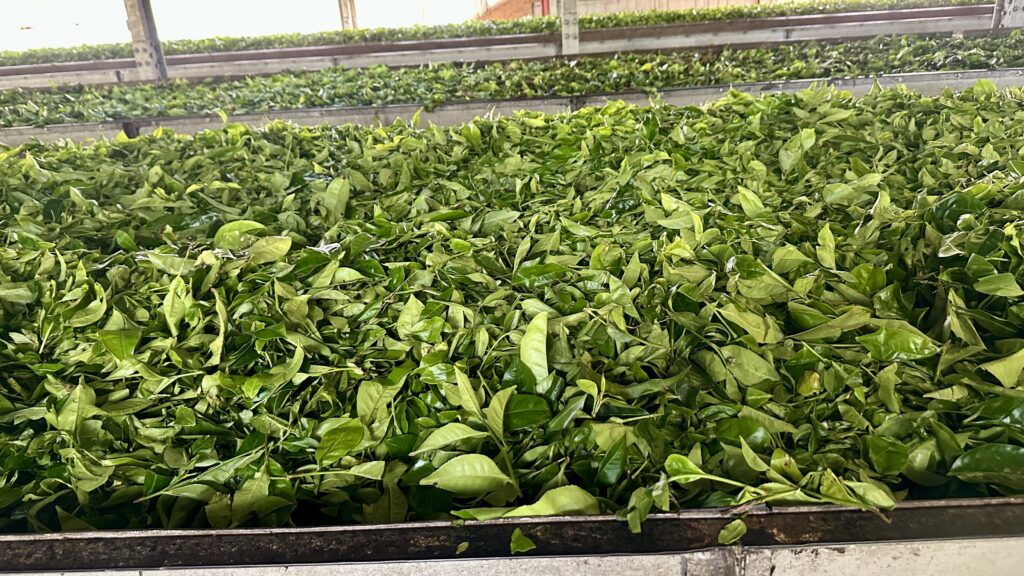
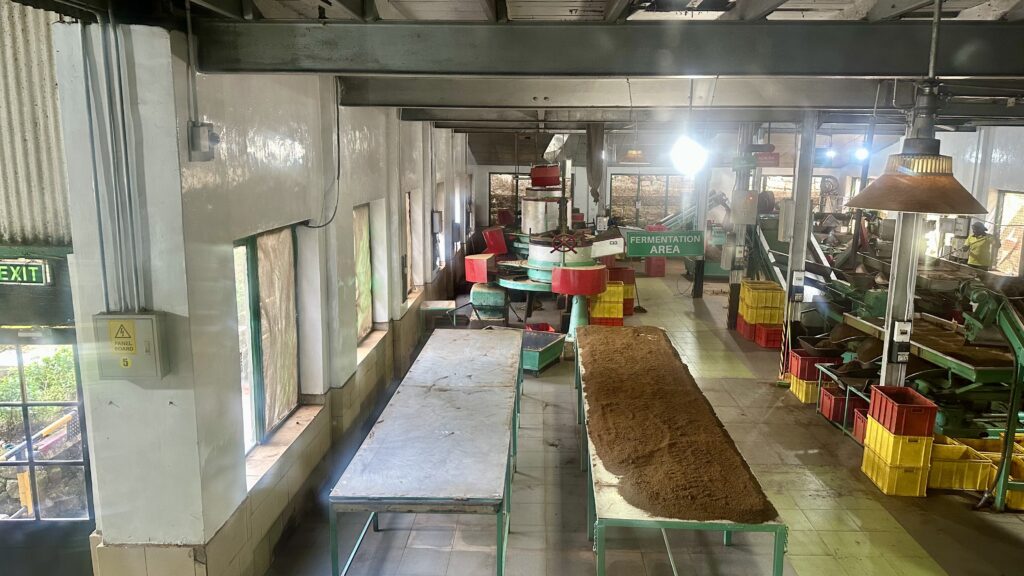
After the guided tour of their tea processing, we were provided with some good tea and cake. The tea room also has the shop which sells a variety of Damro tea.

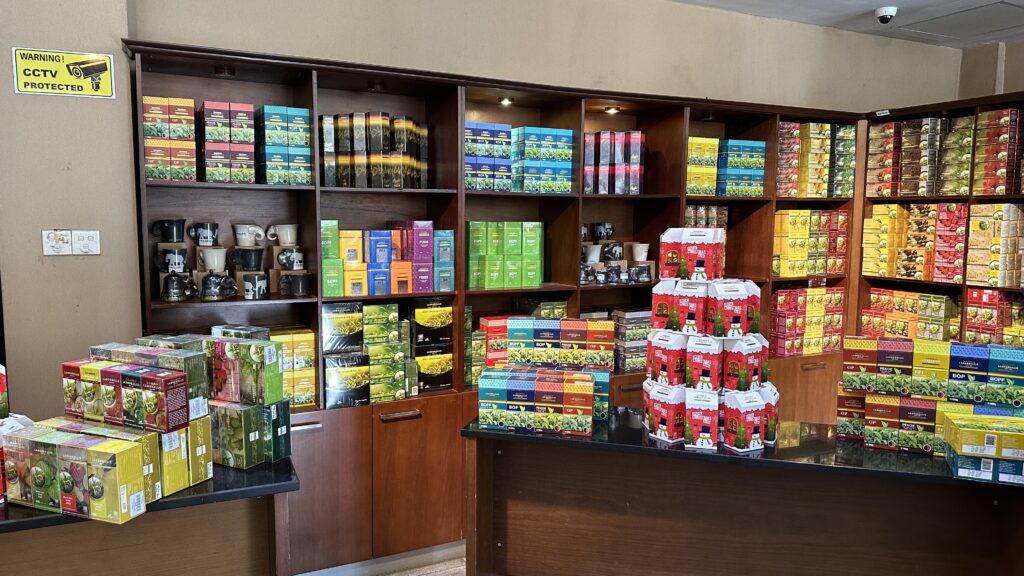
Damro Tea Estate, Tour of the Plantation – We went on a tour of the plantation the next day morning. This was not included in our original tour package, we had to pay extra for this personal 1-hour tour. The guide showed us which leaves to pluck, the difference between black, white, green tea leaves etc.
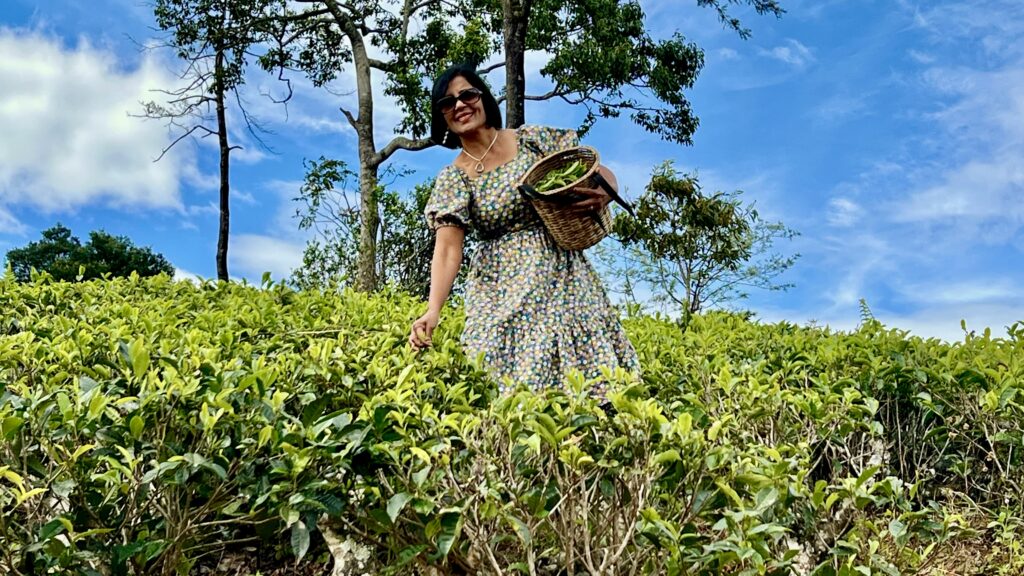
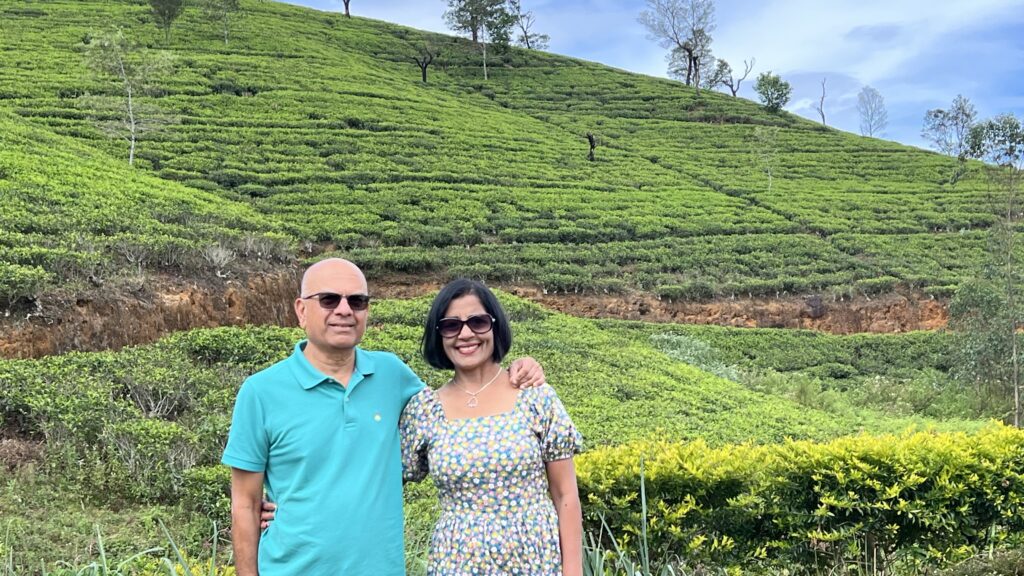
Sites around Nuwara Eliya – The hotel we stayed in was amazing. The rooftop had a 360 degree view of the surrounding greenery and hills.
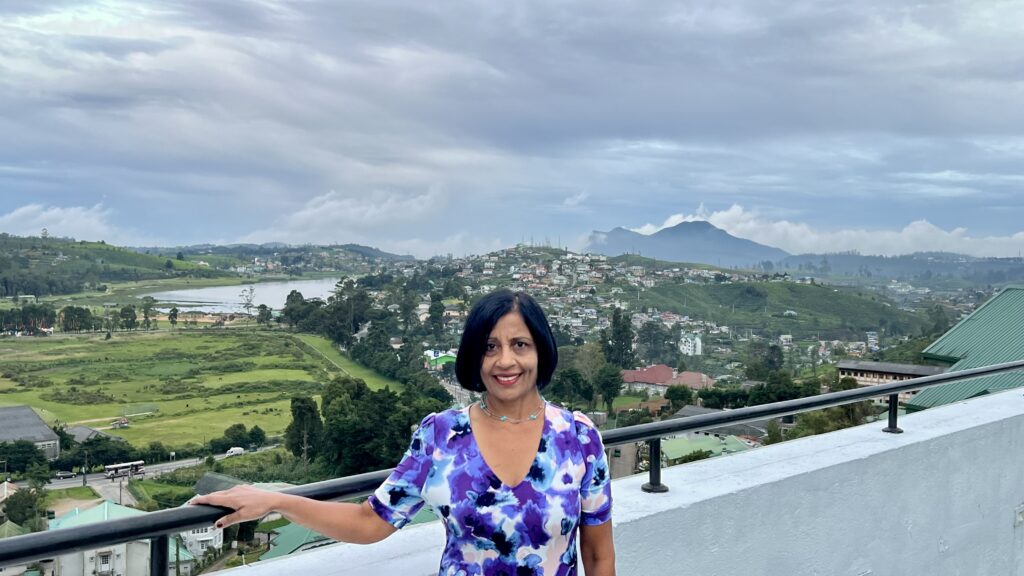
Nuwara Eliya Post Office – Located in the center of the city, this Tudor-style 2-storey red-brick building with a clock spire, was constructed in 1894 by the British and is one of the oldest Post Offices in Sri lanka. In 2012, the postmaster’s former living quarters, on the post office’s upper floor, were converted into tourist accommodation. On 26 December 1990 Sri Lankan Post issued a Rs. 10 stamp with a photograph of the Post Office, to commemorate World Postal Day.
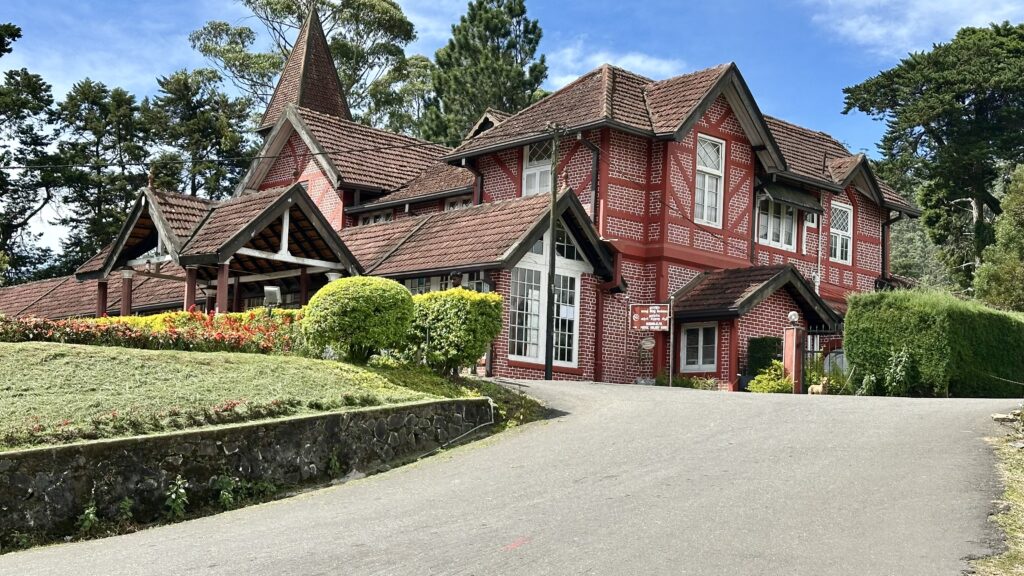
Nuwara Eliya, Roadside Vegetable market – This place was worth a 5 min stop to admire the fresh and well organized vegetables.
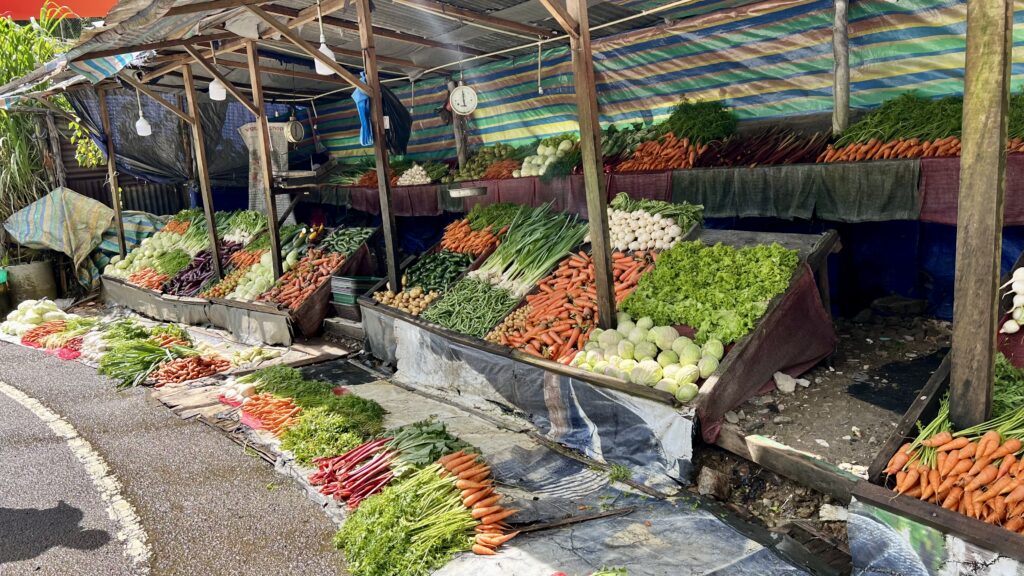
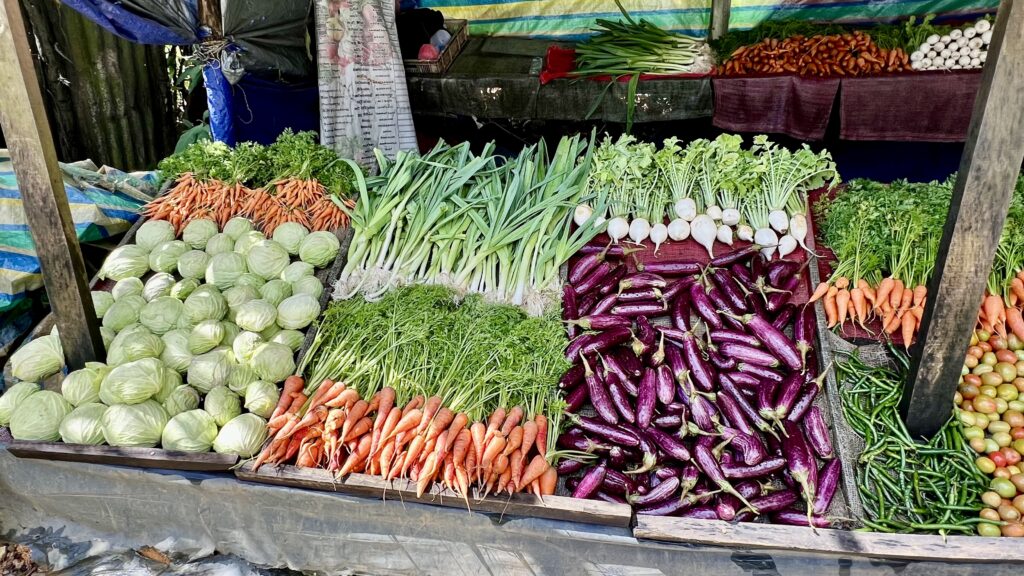
Nuwara Eliya Railway Station – We took the train from here to Ella. More on the train journey on the next page.
